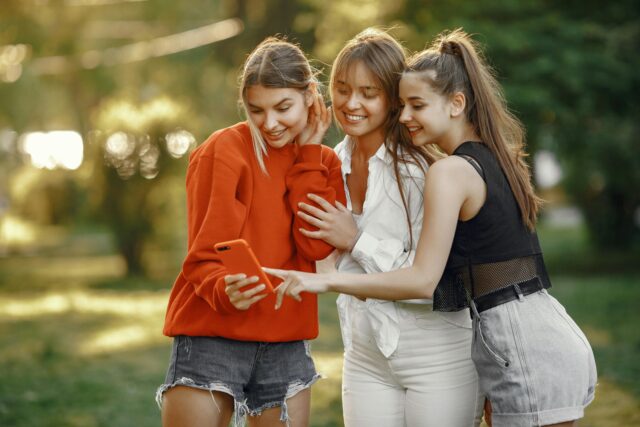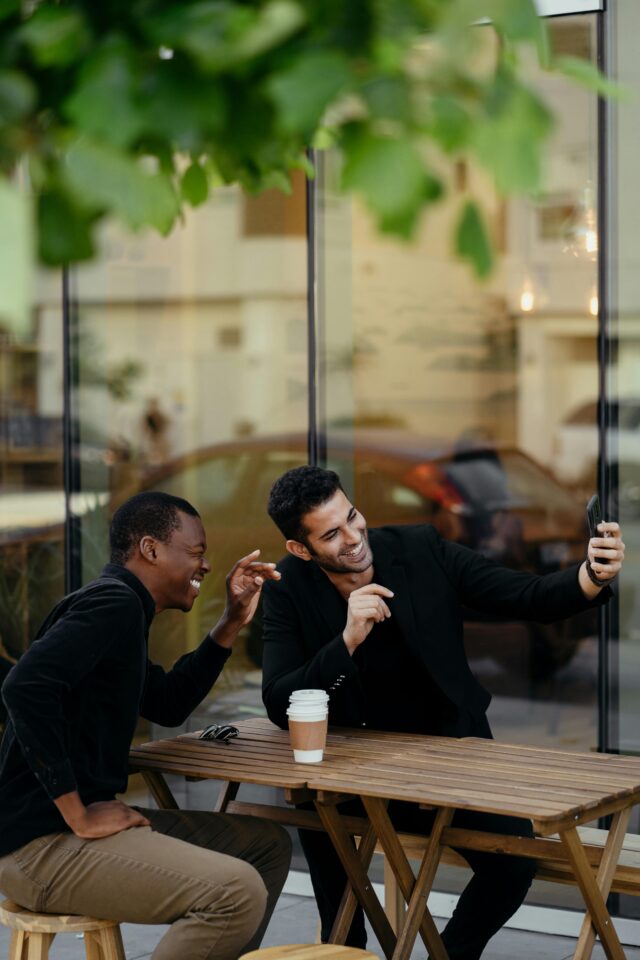Instagram is more than simply a platform for beautiful photos in today’s constantly connected world; it’s a stage where real-time memories are created, reputations are established, and destinations are brought to life. For many travelers, the first spark of wanderlust begins with a scroll.
But who’s telling the story?
Though their stories impact perception in quite different ways, visitors, locals, and influencers all get share glimpse of a place. Memories are evoked by emotionally charged images. Faces with smiles exude warmth and protection. A good photograph encourages us to make reservations, explore, and come back. But how can a simple post influence engagement? And how does it affect tourism?

Not all posts are received equally. And it’s not just about filters or hashtags—it’s about who’s speaking.
Residents post more authentic moments: a quiet café corner, a community celebration, or a sunset from their own balcony. These moments are real and relatable—and the likes reflect that emotional connection. Influencers, with their curated feeds and charismatic presence, drive engagement through scale. Their posts are often celebratory, social, and packed with smiling faces, signaling fun, trust, and popularity. Understanding these dynamics allows destination marketers to craft more strategic campaigns—ones that mix local storytelling with wide-reaching influence.
A study titled ‘Decoding Destination Image: Insights from Instagram Content by Residents, Tourists, and Influencers’ wanted to understand this phenomenon. By analyzing nearly 142,000 Instagram posts through data science tools like web scraping and deep learning, they explored how visual and textual content influences engagement.
What they discovered was fascinating. For example, posts from residents generated more likes and interaction, particularly when they featured faces and exuded joy. Positive social interactions and a feeling of belonging were depicted in these pictures. The opposite was true for influencers, who had exposure. In addition to getting more likes and comments, their content continuously included more individuals and happy faces, which appealed to their audience’s emotions.

The lesson learned? Instead of choosing between authenticity and reach, tourism organizations could combine the two. While influencers provide exposure, locals give a place its soul. When combined, they provide a realistic yet aspirational perception of the place.
But what if we could go even deeper—into the minds of travelers? Neuromarketing, though still emerging in the tourism sector, taps into subconscious reactions. It aids marketers in comprehending which words stick, which images activate the brain’s emotional centers, and how sensory signals foster loyalty.
The results are promising: Increased visitor happiness and loyalty, as well as better promotions and products. However, adoption is not a simple process. Neuromarketing is a difficult but fascinating field because of its high expenses, moral dilemmas, and requirement for specialized equipment.
However, the potential is apparent for tourism boards eager to investigate the brain behind this behavior.
But the digital ripple effect doesn’t stop with a double tap. Sampling ‘Tourist Behavior: The Role of Digital Marketing and Social Media’ brings to light how Tourist Destination Online Content (TDOC) also known as the quality and accessibility of online content plays a pivotal role in shaping how people perceive and plan their travels.
Elements such as engaging Instagram stories, seamless mobile websites, and clear and relatable content lead to greater satisfaction and, importantly, increase the chances of a traveler visiting, revisiting, or recommending the destination. Satisfied tourists, in turn, become digital ambassadors, sharing their positive experiences and further fueling the travel cycle.
The message is clear: Digital content isn’t just marketing—it’s the first step in the journey.

In conclusion, social media, particularly Instagram, has a significant influence on how we see and select travel places. Visitors, locals, and influential people all contribute a unique perspective that can evoke feelings, create memories, and affect choices. Through the integration of genuine local voices with extensive influencer material and the application of neuromarketing analytics, travel marketers can produce more captivating and powerful destination visuals that genuinely resonate with consumers.
Author:
Abir El Moustaine
Social media and Marketing intern
University Dundee, Scotland, UK
Mentor:
Marija Lazarevic, MSc
CEO at MariXperience ltd.

